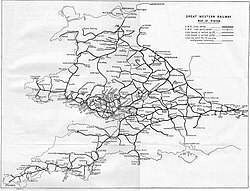| The Railway Station | |
|---|---|
 | |
| Artist | William Powell Frith |
| Year | 1862 |
| Type | Oil on canvas |
| Dimensions | 54.1 cm× 114 cm(21.3 in× 45 in) |
| Location | Royal Holloway College, Surrey |
The Railway Station is an 1862 genre painting by the British artist William Powell Frith. [1] The painting is held at Royal Holloway College, with a smaller version in the Royal Collection. [2]
